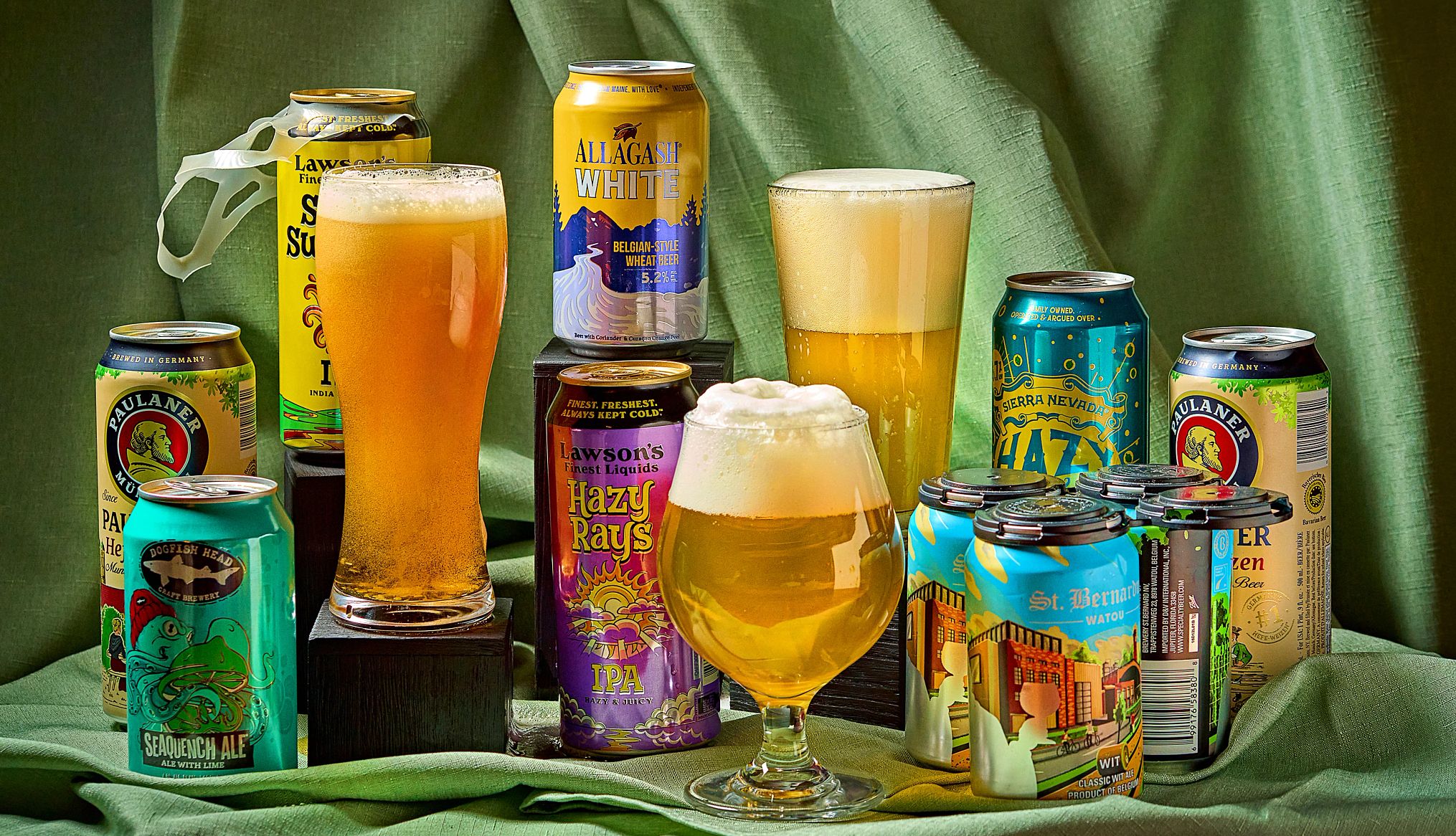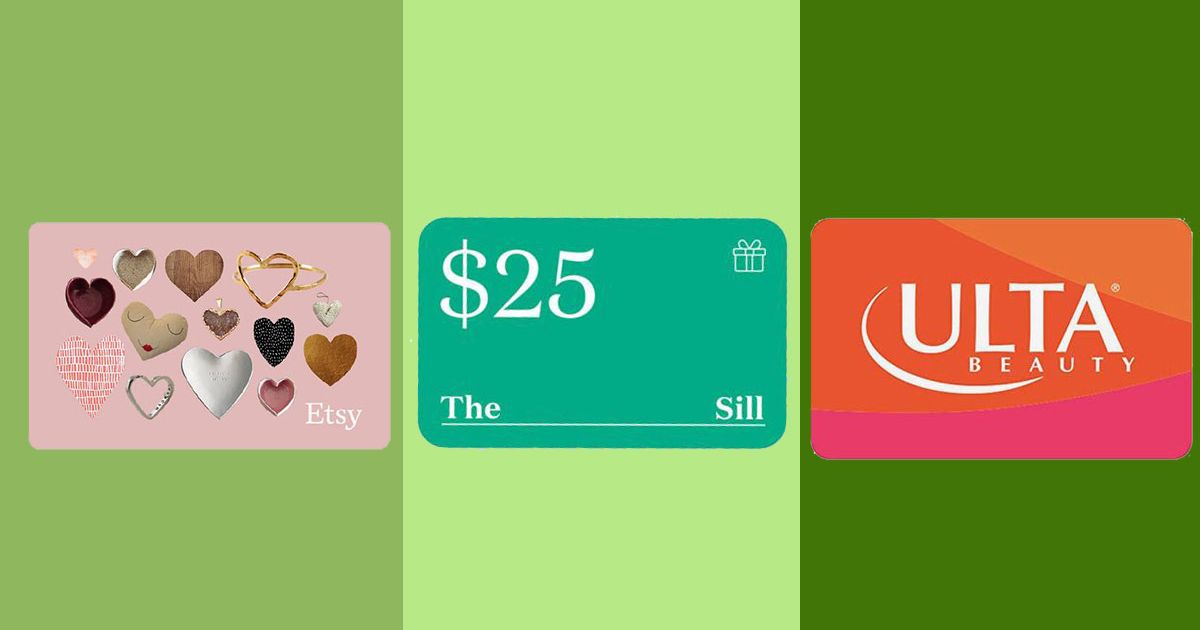
- Select a language for the TTS:
- UK English Female
- UK English Male
- US English Female
- US English Male
- Australian Female
- Australian Male
- Language selected: (auto detect) - EN
Play all audios:
Nothing says summertime like a cold glass of beer. But capturing that perfect summer taste is like capturing sunshine in a bottle. It needs to be full of flavor but not overpowering, light
and crisp but not a bore for your taste buds. It should also have a low alcohol content and flavors reminiscent of summer, like citrus and herbs. “You want that familiar flavor of beer but
don’t want to reach for a watered-down lager from one of the big guys,” says Mori. WHAT TO TRY: Mori’s favorite summer seasonal lager is SIERRA NEVADA SUMMERFEST. “It’s got herbal hops,
bready malts and a crisp finish, making it the perfect summertime companion,” he says. As for Simpson, he prefers a German-style helles, a golden lager (“helles” means “pale in color”)
that’s perfect for a hot summer day. “They’re refreshing, relatively light with biscuity, malty notes, and just a touch of bittering hops to balance the light sweetness,” he says. Options
like BIERSTADT HELLES from Bierstadt Lagerhaus, SMOKE CONTROL from Burghers Brewing and BRING IT HOME from the Soul & Spirits Brewery have “more flavor and presence than the
macro-industrial wannabe lagers like Budweiser,” Simpson says. The perfect beer for the vino-loving drinker. Noah Fecks I PREFER WINE FOR THE ANTIOXIDANTS, BUT I GUESS I’LL TRY A BEER If
you drink wine only because you think it’s healthier than beer, or at least a better source of antioxidants, you may need to rethink that worldview. Beer has more selenium, B vitamins,
phosphorus, folate and niacin than wine, says Charlie Bamforth, Ph.D., a distinguished professor emeritus of brewing sciences at the University of California, Davis. The antioxidant content
in beer is also similar to wine; the only difference is that beer’s antioxidants come from flavonoids in barley and hops rather than grapes. And unlike wine, the antioxidants in beer —
compounds like ferulic acid — are more easily absorbed by the body. But what if, even with all that evidence, you still prefer the taste of wine? WHAT TO TRY: Leave it to the Belgians to
help. Gueuze, a unique beer style from the region surrounding Brussels, is perfect for “wine drinkers interested in exploring beer’s more complex offerings,” says Mori. It’s spontaneously
fermented — think sourdough, but with beer — then aged for years in oak barrels before being carefully blended to create the final product. “The drinker can expect notes of lemon, fresh hay
and vanilla, with an effervescence similar to champagne,” says Mori. He suggests trying OUDE GEUZE BOON, or CLASSIC GUEUZE from Brasserie Cantillon, a small family brewery in Anderlecht,
outside Brussels. “Cantillon’s is only 5.5 percent alcohol, so you can drink it and still feel great in the morning,” he says. If you prefer a more fruity option, reach for LINDEMAN’S
FRAMBOISE, with a very low 2.5 ABV and notes of raspberries and sweet herbs. Think dark beers are always heavy? Don’t believe the hype! Noah Fecks I WANT THE HEALTHIEST BEER POSSIBLE Irish
stout beers get a bad rap. “Everyone thinks, ‘Oh, it’s a dark beer, it’s gonna be heavy.’ That’s so not true,” says Simpson. “Guinness is one of the lightest beers made in the entire world,
at just 4.3 percent ABV.” It also has 125 calories per 12 ounces, which means it has fewer calories than a Budweiser, Coors or Heineken. Guinness Draught only seems heavier because it’s made
with a process called nitrogenation, which creates the beer’s iconic velvety texture. But it’s no different than a nitro cold brew coffee, which tastes silkier and heftier than regular cold
brew but doesn’t have the extra calories. Bamforth has done extensive research on imported beers, and he’s found that Guinness contains the most folate — a B vitamin whose deficiency is
associated with depression and dementia in older adults — with many stouts containing up to 12.8 micrograms, or 3.2 percent, of the recommended daily allowance. The unmalted barley in
Guinness also contains more fiber than malted grain, making it quite possibly the only beer with any amount of fiber. WHAT TO TRY: You already know the answer, don’t you? It’s GUINNESS.
Although other stout beers, like Left Hand Brewing’s MILK STOUT NITRO, which is somewhat sweeter than Guinness, and MURPHY’S IRISH STOUT, can offer similar benefits. But if you want the
healthiest beer experience possible, Mori suggests trying GUINNESS 0.0. “It’s based off of the classic Guinness recipe but processed in a way to remove all of the alcohol,” Bamforth says.
“Expect all of the rich, roasty, chocolatey notes of Guinness, but with zero chance of a hangover in the morning.” If Guinness isn't your thing, Koncilja suggests exploring other
non-alcoholic beer options. “NA beers or beers with less than 0.5 percent alcohol have greatly improved in taste and quality over the last five years,” he says. “The brands have exploded and
I have recently enjoyed Best Day Brewing’s Kolsch and Athletic Brewing’s variety of IPAs. Gone are the days where we had only O’Doul’s, which I can't stand the taste of. As our society
has become more aware of the negative health effects of alcohol, we are recognizing the need for improved taste and quality in NA beers.” Koncilja adds that it’s more than fine to mix
things up — drink a regular beer and then follow it up with an NA beer. “NA beer can help someone pace themselves so they don’t drink as much alcohol,” he says.
:max_bytes(150000):strip_icc():focal(999x0:1001x2)/ebraheem-al-samadi-wife-hamda-al-hamly-split-tout-010725-685008e16e4b438fbcdc0e5019e855f8.jpg)

:max_bytes(150000):strip_icc():focal(383x0:385x2)/big-dreams-gregory-768x1024-dc34220aab4b422182377ac0c0e50875.jpg)



